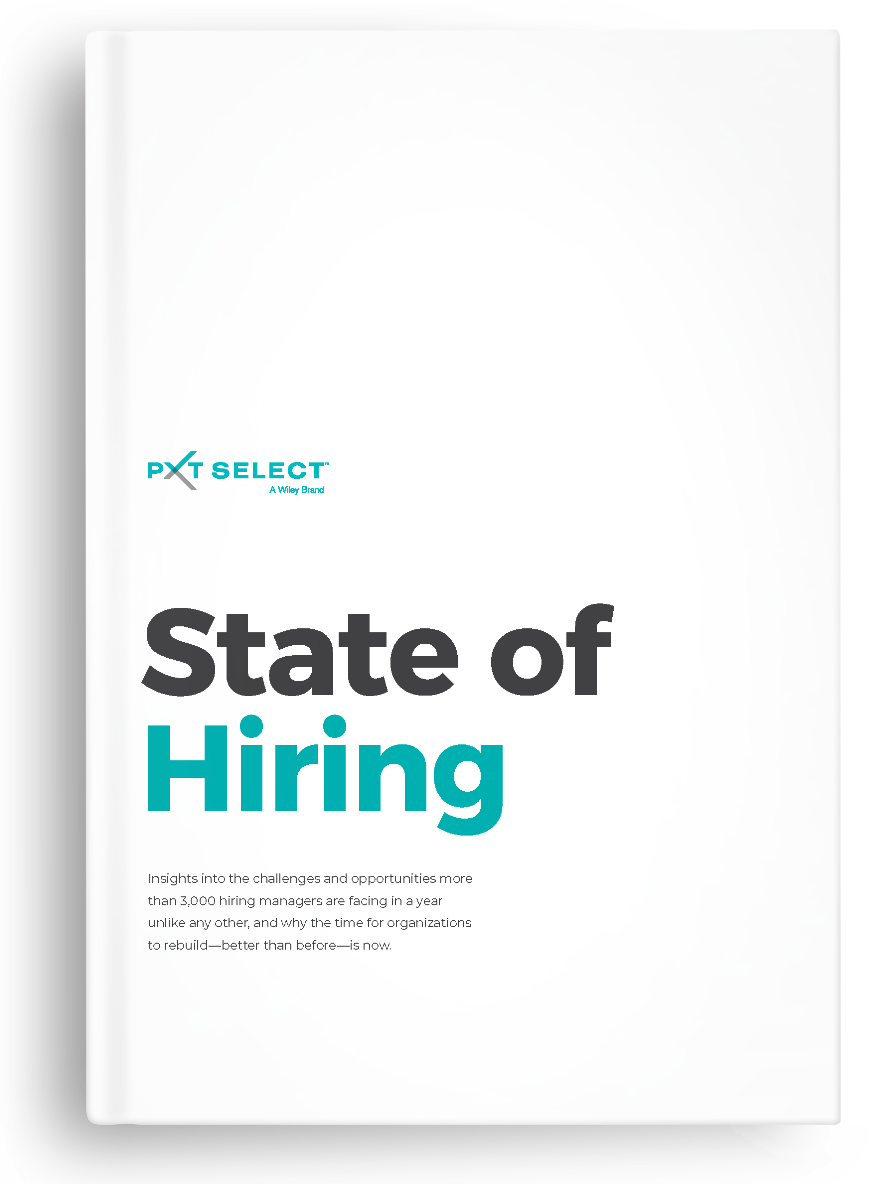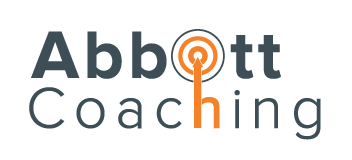Building a team filled with excellent employees can be a feat. Luckily, we have loads of advice, hacks, and best practices to offer.
Once you announce that your organization is hiring and start looking for candidates, you might utilize countless search strategies, and struggle with selecting the most fitting temperaments, aptitude tests, and team structures. But, what hiring techniques really matter? Should you filter out candidates based primarily on experience level? Is it wrong to go with your gut?
You might be swayed by hiring myths and outdated practices at a time when it behooves you to keep an open mind. It can be tempting to buy into these unfounded stories, failing to give, what could be, promising, trainable candidates the time of day and instead limiting the prospect pool. So, if you shouldn’t exclusively focus on years of experience or specific skill sets, what should you look for? How do you identify the rules to follow and the myths to ignore?
The first myth to strike is that the hiring process is one-size-fits-all. I’ve seen and heard stories about organizations and candidates finding the perfect fit in the most roundabout, unlikely ways and similarly, I’ve seen supposed “perfect fits” end up being anything but. I can confidently say that when it comes to hiring, there are no rules but rather elements to consider.
So, instead of listing out rules to follow, I’ll be debunking hiring myths. As you read on, keep your organization’s core values in mind and understand that what works for one team might not work for yours – this is an anti-cookie-cutter list!
Myth #1: The best candidates are always those with the most impressive resumes
An impressive resume can be…well, impressive. At a glance, candidates with plenty of experience, training, and skills can seem infallible. If they gained all that experience, they must be high-performers, right?
A resume is just a summation of background, aptitudes, and education. It’s necessary to review as an introduction to a candidate, but it should be considered part of the whole kaleidoscopic view when evaluating potential employees. The rest of the picture includes things like the interview, personality, the duties they would be performing, and other elements like their response time, presentation, and mannerisms.
This is when it’s important to keep the role and your organization’s core values top of mind. To be the right fit, a candidate must align with the organization’s mission and culture (much of which can’t be determined from a resume). They must be passionate about the role and have a vision for how they can get in tune with or add to the company.
To be the right seat, they must “GWC” their roles. I explained GWC (Get it, Want it, have the Capacity to do it) in a previous post, but it is most important during the hiring process. To Get It, a candidate should have the unique, natural talents for the role. To Want It, a candidate should have the desire to fulfill the role and look forward to going to work each day. The resume comes into play when considering The Capacity. This refers to things like experience, training, skills, technical abilities, and certifications.
Myth #2: Hiring based solely on experience guarantees success
This is similar to Myth #1. Candidates with abundant experience can be extremely valuable to companies. Some roles, however, do not necessarily require experience from seasoned executives for a successful placement.
For this myth, I like to consider “KSA,” or Knowledge, Skills, and Attitude/Aptitude. Knowledge refers to what a candidate knows like his degree, training, certifications, and experience. Skills refer to the hard and soft skills that a candidate has garnered in their past. Some hard skills might be non-negotiable for certain roles, but many skills can be developed over time with the right training. Attitude and aptitude is the most important area of concern when hiring. It refers to elements that can’t be easily taught or gained. Candidates must have the right mindset to learn skills, align with the culture, and have the ability to learn and be self-aware or success is unlikely. Candidates with more experience might have plenty of knowledge or skills but could be lacking the right attitude or have a lack of aptitude to learn and fit in…
I’ve seen plenty of high-achievers fill roles for which they had little experience, but they had a positive attitude and willingness to learn, which made them a perfect fit. Candidates with less experience have the potential to bring a fresh outlook, question how things are typically done, and innovate processes. For roles that require out-of-the-box thinking, a candidate with less experience might be most successful for the role.
Myth #3: A great interview ensures quality candidates
Remember back in school how some students were considered better test-takers than others? While the good test-takers were unfazed by the pressures of an exam, bad test-takers might have struggled even with hours of studying and wholeheartedly understanding the material.
The same idea applies to interviews – some candidates might ace a one-on-one interview while others are less comfortable. In any case, an interview alone is not enough to determine if a candidate is the right fit. The candidate that has an impressive interview might be lackluster in the actual role while the candidate who was a bit nervous when answering questions could be a high-achiever once they start in their position. Relying on the interview and following gut instincts makes the hiring process subject to personal bias based on liking the personality of a particular candidate.
Instead of depending on the interview, I use a three-pronged approach, considering the resume, interview, and assessments. A combination of these three typically reduces the likelihood of oversight.
I look at the resume to see if the individual gets the role (as part of GWC) and if they have the fundamental skills required for the role. This step also helps in understanding their capacity by seeing why and how they left their previous roles.
During the interview, I ask mostly value-based questions to understand whether they align with the company’s culture. I ask about the candidates’ strengths and weaknesses and insist on a genuine weakness rather than one that can double as a strength. This question is important to my organization because we value vulnerability and self-awareness over perfection and appearances. I’ll also ask on-the-job, situation-based questions that prompt the interviewee to think on their feet without a rehearsed response.
Lastly, I look at assessments like the PXT Select to measure job fit or DiSC to ensure we have a well-rounded team. Assessments can also help remove subjectivity to ensure a fairer evaluation and vetting process.
The key to busting hiring myths is to keep an open mind and consider multiple variables. Understand that many executives have had poor interviews or sparse resumes at one point or another, but as long as the candidate’s core values align with those of the organization, they could be just the right fit!

To learn more about the data reported on hiring after 2020, download the PXT Select white paper for FREE

